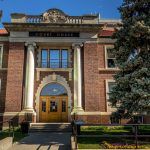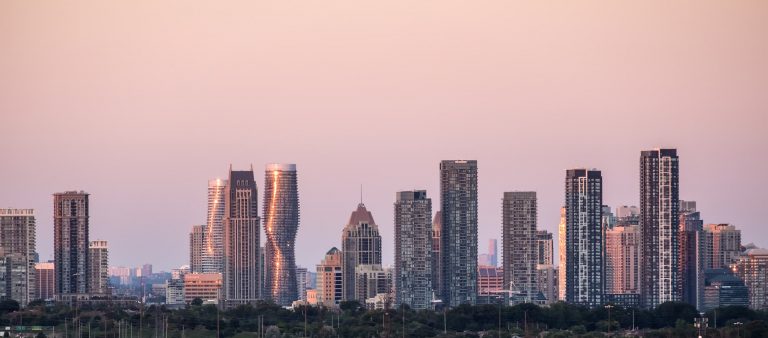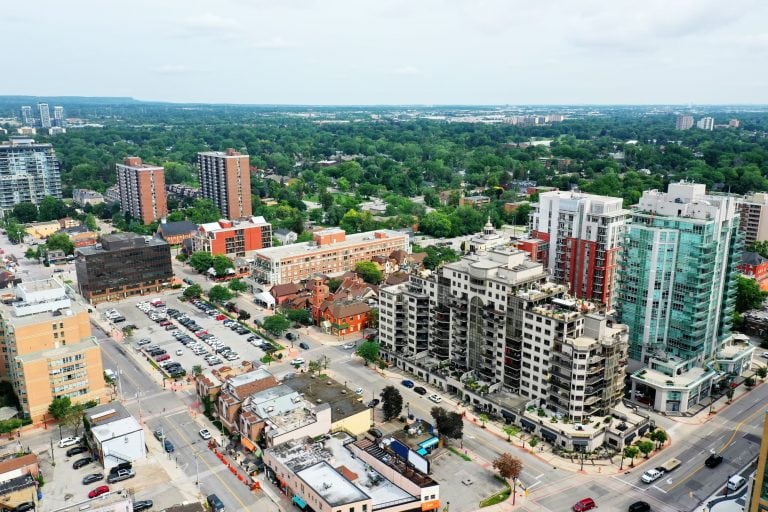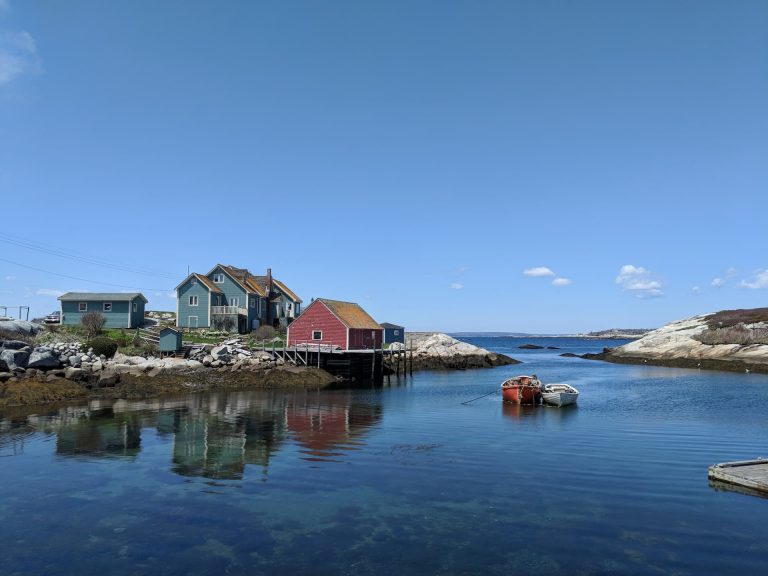Greater Sudbury and Sudbury District are located in northeastern Ontario and can easily be confused as one and the same, but they are not! If you’ve been wondering what the difference is between Sudbury District vs Greater Sudbury, you’re not alone! Many people are confused about the two.
Whether you’re looking at Sudbury real estate or are just curious about the area, this blog post will help clear things up, so keep reading to learn more!
What is Sudbury District?
Sudbury District was founded in 1894 from the western part of the Nipissing District and the eastern portion of Algoma District. About 92% of Sudbury District is unincorporated along with some of the Unorganized North Sudbury District. Nearly all of Sudbury District’s incorporated municipalities envelope Greater Sudbury, primarily to the east, south, and west. The area north of Greater Sudbury is somewhat untouched as it’s scarcely populated, mostly vacant land, and has a few small First Nations reserves.
What areas are included in Sudbury District?
To get more specific on what areas are included in the Sudbury District, let’s break it down.
Towns and Townships:
- Baldwin
- Chapleau- Known for the world’s largest wildfair preserves, logging mill, and rail yards.
- Espanola- Positioned along the Spanish River.
- French River- Named after the French River that runs through it.
- Killarney- Positioned on the northern coast of the Georgian Bay.
- Markstay-Warren
- Nairn and Hyman
- Sables-Spanish Rivers-Located on the northern side of the Georgian Bay.
- St. Charles- Located on the eastern side of the Sudbury District, the majority of the population here speaks French.
Unorganized Areas:
North Part of Sudbury, which includes the areas of
- Cartier
- Foleyet- Positioned along the Canadian Northern Railway
- Gogama- Located on the shores of Lake Minisinakwa and is known for great hunting and fishing.
- Rainbow Country
What is considered Greater Sudbury?
Greater Sudbury, or just Sudbury for short, is the largest city in Northern Ontario by population, with over 166,000 people and is the largest city in Ontario by landmass. It was established in 2001 by combining towns and cities with multiple unincorporated townships to create the single-tier city of Greater Sudbury. Greater Sudbury is not a part of any district, county, or regional municipality. Instead, Greater Sudbury is its own unitary authority. Thus, it’s not included in the Sudbury District.
Though Greater Sudbury is not the same, and not included in the Sudbury District, it is still considered a part of it when talking about geography. The difference lies in politics. The two areas have two different census divisions and jurisdictions for Ontario government services.
The city centre is still known as just Sudbury. The surrounding towns are still referred to as their names and still maintain their own community cultures. The combined towns and cities are:
- Rayside-Balfour- Known for its Francophone speaking population.
- Nickel Centre
- Walden
- Onaping Falls- Known for its hunting, fishing, and snow recreations such as snowmobiling and downhill and cross country skiing.
- Capreol- Situated on the north side of Greater Sudbury, along the Vermilion River.
The formerly unincorporated area of Wanup and the backcountry of Lake Wanapitei, on the northeastern shore are also included in Greater Sudbury.
What is Greater Sudbury known for?
- Greater Sudbury is most commonly known as the mining capital of Canada and even all of North America. This city has nine working mines, two mills, two smelters, and one nickel refinery.
- With over 330 lakes, Greater Sudbury has more lakes than any other municipality in Canada, and has dubbed itself as the City of Lakes.
- Outside of the CN Tower in Toronto, Greater Sudbury is home to one of the tallest buildings in the entire Northern Hemisphere.
- The Sudbury Basin is located in Greater Sudbury and is the oldest and third-largest crater in the world! It’s estimated that the original crater was around 250km in diameter.













